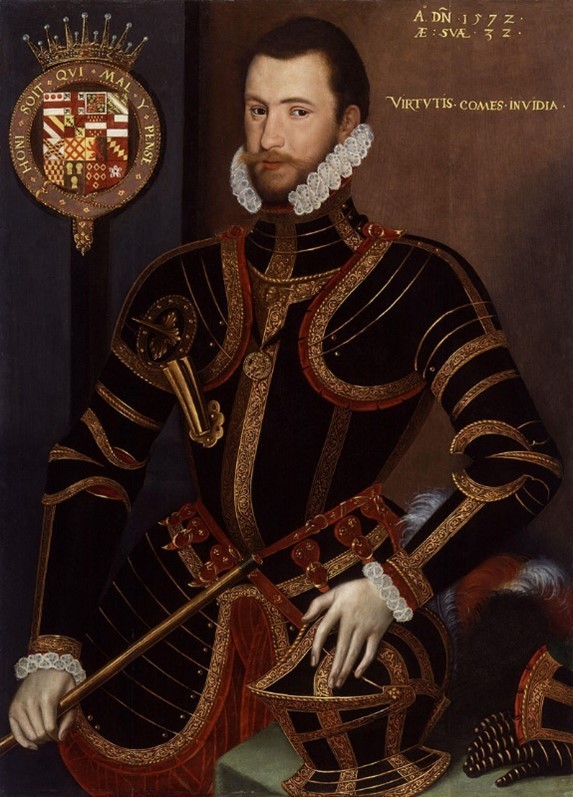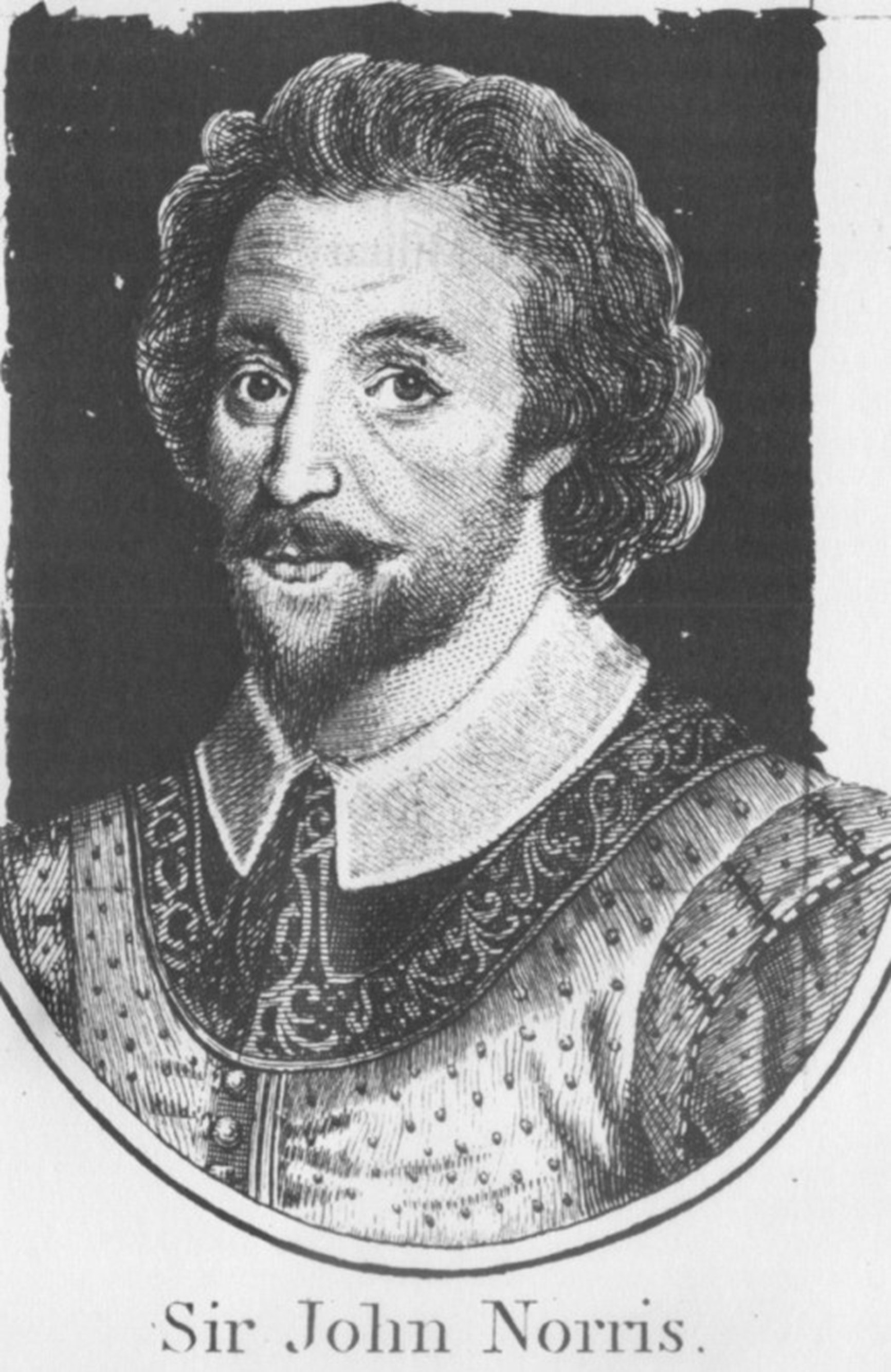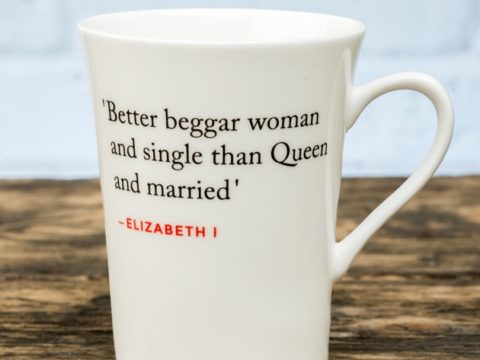Gloriana's Bloody Age
Massacre and Misrule in Elizabethan Ireland
Chapter 3 : The Enterprise of Ulster 1573-76.
Though Elizabeth frequently referred to Ireland as her kingdom and those within it (including the Irish) as her subjects, the Crown's actions showed that, in practice, the English saw it as a place to be conquered and expropriated. This was evident during the Enterprise of Ulster. Queen Elizabeth authorised Walter Devereux, the first earl of Essex, to embark on semi-private colonisation in northeast Ulster. Essex arrived in the autumn of 1573 with over 1000 troops, but from the outset, things did not go as planned. Plague devastated his force in Carrickfergus, and Irish resistance proved unexpectedly stubborn.

The freebooting behaviour of Essex unsurprisingly enraged the Irish lords, who held the land Essex sought to usurp. Writing in December 1573, Sergeant-Major Thomas Wilsford noted Irish disquiet ‘First, I find this nation much more enraged with the fury of desperation then ever I have done heretofore; and that, I gather, doth come for that they suppose that this war is taken in hand by Her Majesty's subjects, and not by herself’. Moreover, the Irish believed that they could not be considered rebels (and thus treated as such) as they were not in arms against the Queen but defending their lands and property from the ambition of marauding English officers. The English did not share the Irish point of view. When the Irish chose to stand, Essex was overjoyed ‘I doubt not but with God's favour in short time to overthrow all these rebels, if so be Her Majesty will thoroughly countenance this war’.
The Irish saw this for what it was; a state-sanctioned land grab, where the Crown would set aside the much-vaunted English application of common law in favour of securing lands for English officers. The Irish lords were not going to hand over their lands to an invasion that Essex had already signalled to them was a private operation. However, under attack by Essex spoiling raids, Brian MacPhelim O'Neill submitted to Essex and offered to work with him against the Scots in north Antrim. Essex suspected O’Neill was plotting with other Irish lords, but did not have enough evidence to bring charges against O’Neill. Consequently, Essex invited him and his followers to a feast. O’Neill reciprocated with similar hospitality at Belfast Castle. Among the party accompanying Essex was Sir John Norreys, a veteran of wars on the continent and later to become one of the most renowned military men of Elizabethan England.

The festivities lasted three days, where all present ‘made merry’. On the third day, Essex ordered O’Neill’s arrest. Norreys led the troops who turned on O’Neill and his followers. The Irish annals record what happened next ‘as they were agreeably drinking and making merry, Brian, his brother, and his wife, were seized upon by the earl, and all his people put unsparingly to the sword', men, women, youths, and maidens, in Brian's own presence. Possibly two hundred were put to the sword by Norreys and his men. Essex took Brian and his wife alive but later tried and executed them by quartering. Essex failed to mention this atrocity in his report, but the act remained a touchstone for English brutality. The Irish annals recorded how ‘This unexpected massacre, this wicked' and treacherous murder of the lord of the race of Hugh Boy O’Neill, the head and the senior of the race of Eoghan, son of Niall of the Nine Hostages, and of all the Gaels, a few only excepted, was a sufficient cause of hatred and disgust [of the English] to the Irish.’


